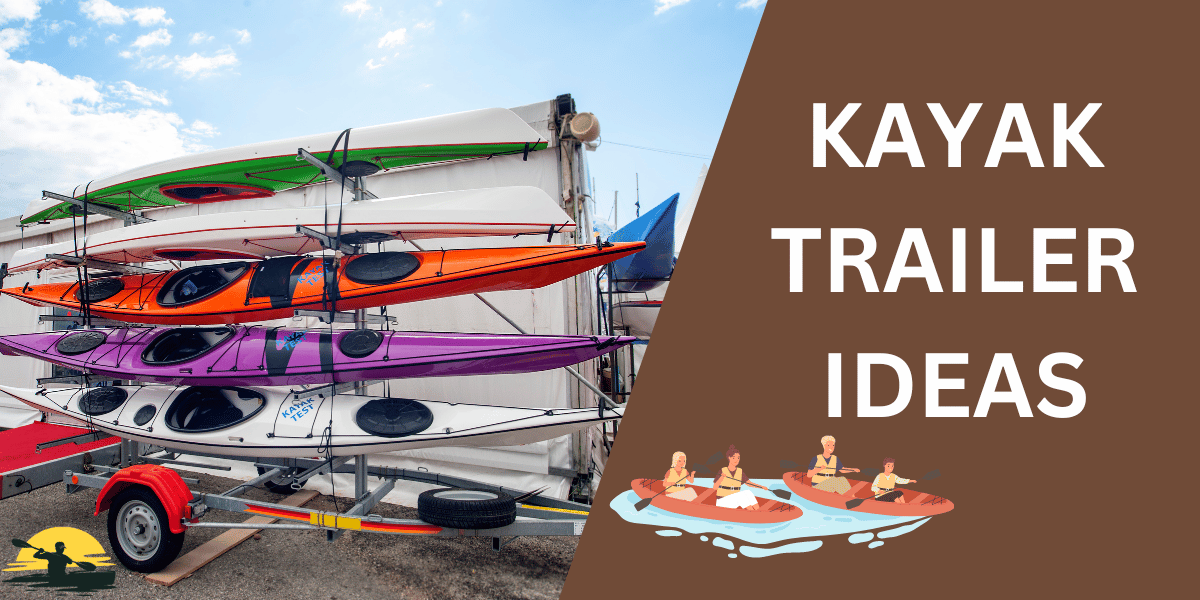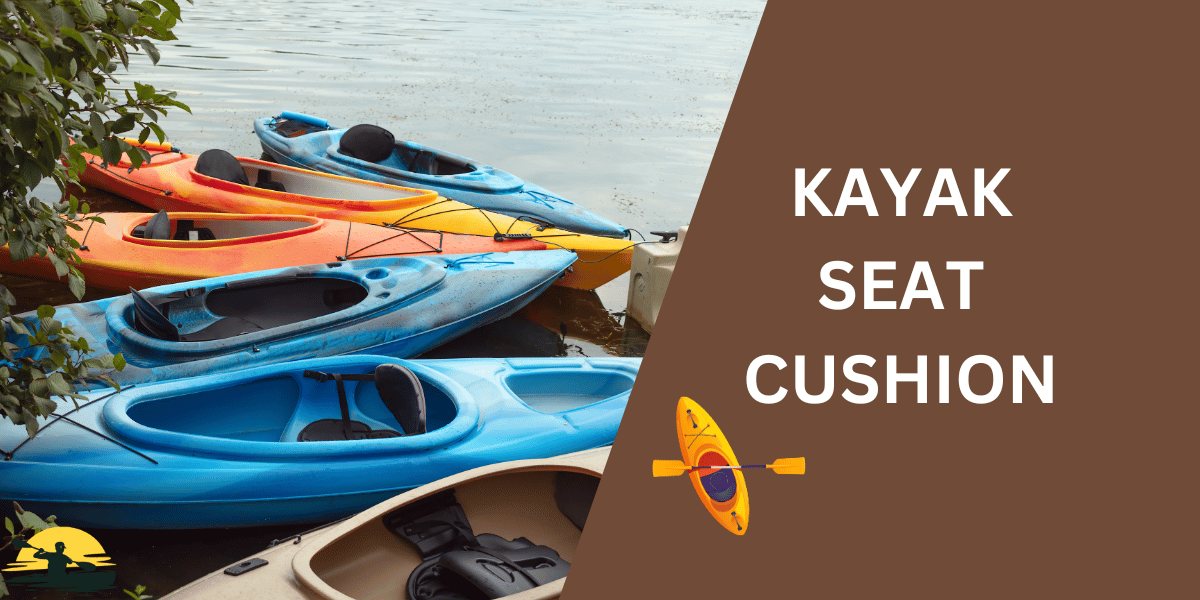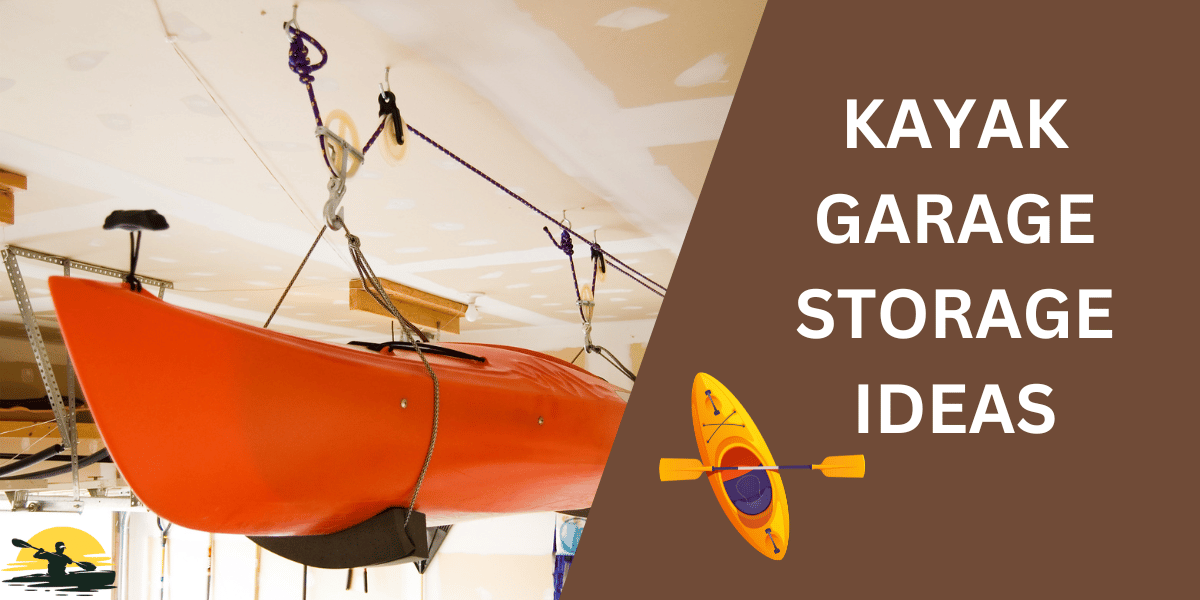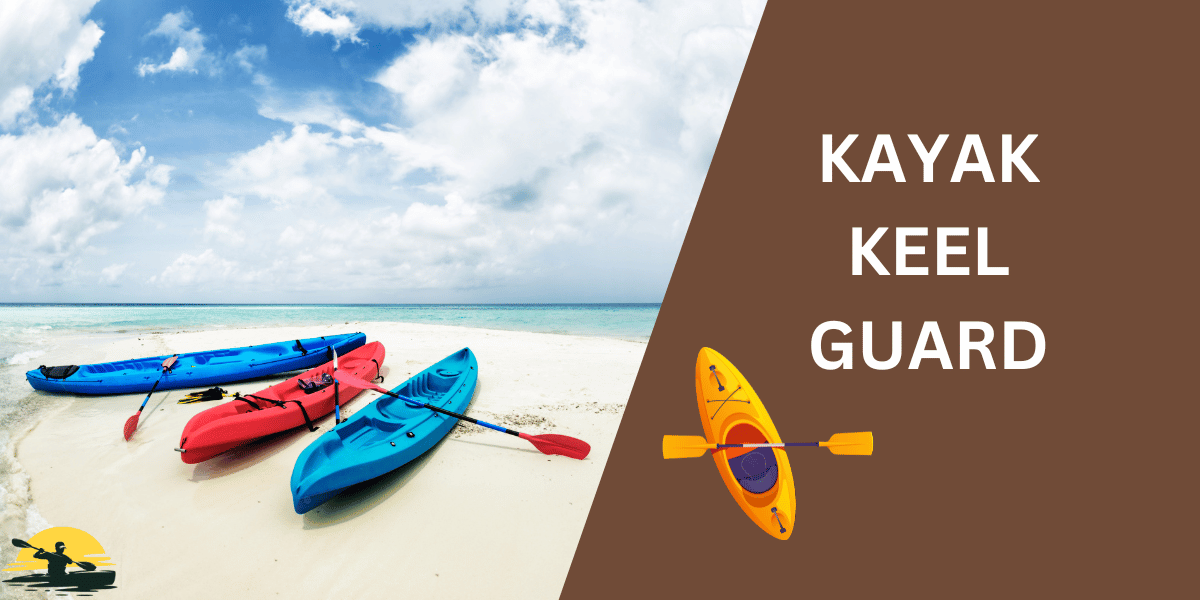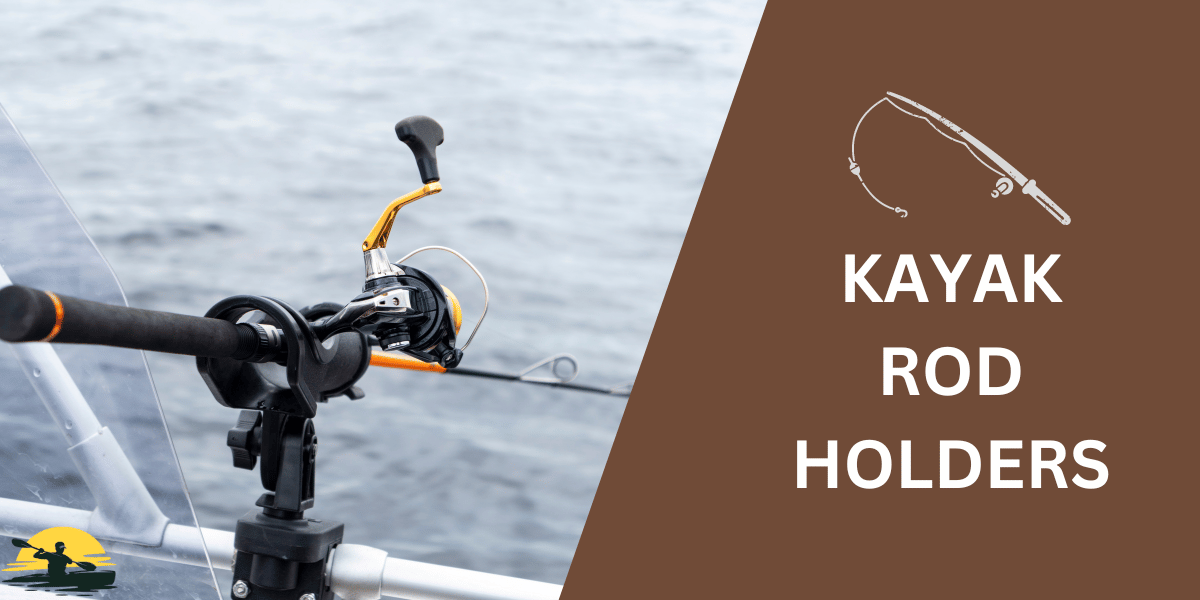
Kayaking is awesome! Getting to the water, though, can be a little tricky. Nobody wants their kayak flying off the roof or bumping around in the back of the truck. That’s why knowing how to tie down a kayak is super important. This might sound complicated, but don’t worry; it’s easier than you think.
Gear Basics
Before you strap anything down, you need the right tools:
- Roof racks: This is where your kayak will sit. You might have factory crossbars, or you might need to get a whole roof rack system. Just make sure it’s installed properly and fits your car!
- Straps: The best way to tie down a kayak is with cam straps. These have a buckle that makes tightening them a breeze (don’t use ratchet straps; those can squeeze your kayak too hard).
- Bow and stern lines: These ropes go from the ends of your kayak to your car. They’re like an extra safety backup, not the main thing holding your kayak down.
Let’s Get Started…

Tying Down Your Kayak
- Load it up: Kayak racks can be great way to transport. Turn your kayak upside down on the roof rack. This keeps it super stable. Center it so it’s not hanging too far off to one side.
- Straps in the front and back: Take a cam strap and put it over your kayak and under one of the cross bars. Do the same on the other side. Now tighten those two straps! You want them snug, but don’t overdo it, especially if you have a plastic boat. Tie off any loose ends so they don’t flap in the wind.
- Time for bow and stern lines: Hook one end of a rope to the front of your kayak and the other to a strong spot on your car (like a tow hook). Do this in the back, too. They shouldn’t be super tight, just enough to stop your kayak from sliding forward or backward.
- Shake it! This is the most important part. Grab your kayak and try to wiggle it. If it feels solid, you’re good to go! If it moves a lot, tighten those straps a bit more.

Bonus Tips
- Where’s the buckle? Put your cam buckle close to your kayak. It’s way easier to tighten this way.
- Hate the noise? Straps humming in the wind can be annoying. Give them a little twist to quiet things down.
- Check the rules: Some places have laws about how far your kayak can stick out. Better to know before you drive!

Special Cases: Think Outside the Box
- Lots of kayaks? If you’re carrying more than one kayak, things get trickier. Stacking kayaks is possible, but you need to pay attention to their shapes. Each kayak still needs its own tie down straps. J racks can save space by letting you carry kayaks on their sides.
- Inflatable kayaks: Inflatables are slightly different, so always check what the maker suggests. They usually travel inside your car, but sometimes, you might secure them on the roof. Strap placement is still important to prevent shifting.
- No roof rack? If an actual roof rack isn’t an option, there are solutions. Foam blocks on the roof of your car, paired with good tie-downs, can work. Truck beds are great, too, but you’ll still want to tie your kayak down. Watch out for any loose end, so it doesn’t go anywhere!

Safety First: Things to Keep in Mind
- Your car can only handle so much: Before piling on kayaks, check your car’s roof weight limit. You’ll find this in the owner’s manual. Overloading is dangerous!
- Protect your boat: Straps can scratch plastic boats. To keep your kayak looking its best, toss a towel or some padding between it and the straps.
- Weather check: High winds can put extra strain on your tie-downs. If the weather looks bad, secure your kayak and maybe even lower your speed.

Want to See It in Action?
There are tons of awesome videos on YouTube that show you exactly how to tie down a kayak. Seeing someone do it can make things even clearer. A quick search will help you find plenty of great options!
Ready to Roll!
With a bit of practice, you’ll be a kayak-tying-down expert! Properly securing your kayak means less worry, more fun on the water, and helps keep everyone on the road safe. Now, where’s the nearest lake? Time for an adventure!

Frequently Asked Questions
Can I use ratchet straps instead of cam straps?
While ratchet straps can technically work, they make it very easy to overtighten and damage your kayak. Cam straps are much safer and easier to get the perfect tension.
Do I need bow and stern line?
Bow and stern straps act as a backup safety measure. They help prevent your kayak from shifting forward or backward in case your primary straps loosen. They’re highly recommended, especially for long-distance trips.
My straps have long loose ends. What should I do?
After tightening, roll up your excess strap and tie it off neatly to prevent it from flapping in the wind. You can also use simple cords or even zip ties to secure the loose ends.
What’s the best way to tie bow and stern lines?
A trucker’s hitch is a great knot choice for bow and stern lines. It provides a secure hold, allows for tension adjustments, and is easy to untie when you reach your destination.
Are there any special considerations for carrying a kayak on my roof rack over a long distance?
Regularly stop to check the tension of your straps and retighten as needed. High speeds and bumps can cause loosening over time. Also, be mindful of the weather – high winds can strain your tie-downs extra.



